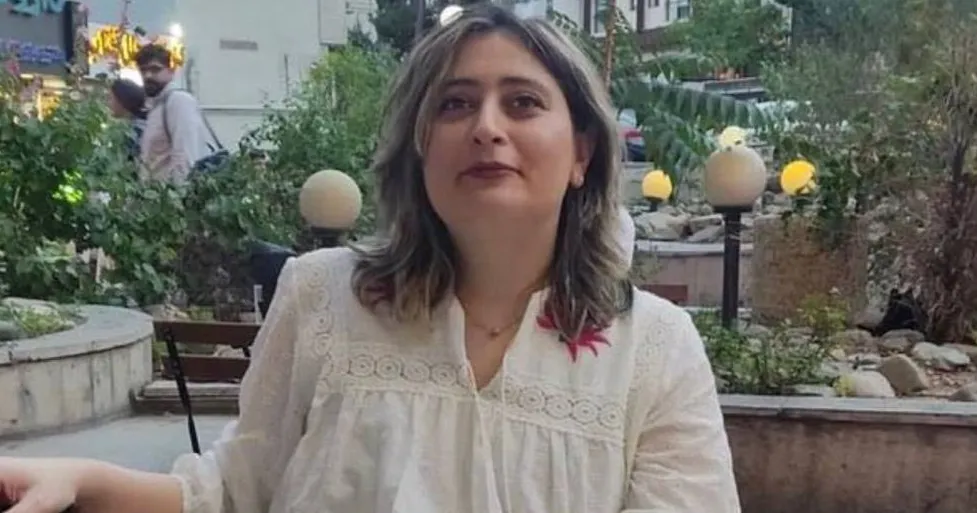About 30 Palestinians were killed and more than 120 injured in fierce clashes that erupted in the Gaza Strip recently between Hamas militiamen and members of Jund Ansar Allah, a hitherto unknown group that is affiliated with Al-Qaeda. According to eyewitnesses, many of the victims were innocent civilians, including women and children, who were caught in the crossfire.
Many Palestinians in the Gaza Strip are referring to the events as a “real massacre.” They quote eyewitnesses as saying that during the fighting, Hamas militiamen stopped ambulances and “executed” men whom they suspected belonged to Jund Ansar Allah.
Human Rights Watch and Amnesty International have yet to publish reports about the bloody events; Hamas has banned journalists and human rights activists from entering Rafah or interviewing the wounded in hospitals.
Despite the disturbing eyewitness accounts, the United Nations Security Council did not meet to condemn the alleged massacre. Belgium, France and Sweden did not even bother to respond.
One of the reasons why the international community prefers to turn a blind eye to such events is the absence of an anti-Israel angle to the story.
As far as the mainstream media in the US and Europe is concerned, an Israeli soldier who, for example, confiscates a mobile phone from a Palestinian at a checkpoint is more important than a story than the death of 30 Palestinians and the wounding of more than 120 others.
For many Western journalists, Hamas firing rockets at a mosque is obviously not such a big story, especially in light of the fact that no Israeli soldier was involved.
As a veteran foreign journalist based in Jerusalem explained, “It’s much easier to sell to the editor an anti-Israel story than one that criticizes Hamas or Fatah.”
The international media cannot complain that its representatives are not permitted to enter the Gaza Strip. Many foreign journalists are today free to travel to the Gaza Strip either through Israel or Egypt.
Ironically, Israel allows more journalists to enter the Gaza Strip through the Erez border crossing than Egypt does. In fact, many Western journalists who attempted to enter the Gaza Strip through the Rafah terminal were turned back by Egyptian authorities.
The problem is that foreign journalists who manage to cross into the Gaza Strip face many restrictions imposed by the Hamas government. Local facilitators hired by foreign journalists are also under scrutiny by the Hamas government. That is why they are careful not to bring the dirty laundry out by telling the foreign media about things that could reflect negatively on Hamas.
Many of the reports about what is happening in the Gaza Strip are written by journalists who sit in offices in Jerusalem or Tel Aviv. Their reports are almost always based in what they are told by their local stringers and facilitators. Besides being exposed to intimidation, a large number of these locals are actually affiliated with Hamas and serve as the movement’s unofficial spokesmen.
Some foreign journalists justify their behavior by arguing that they are too scared to report anything that might anger Hamas. They express fear that they would not be able to return to the Gaza Strip if they published such stories.
Journalists who are afraid to report the truth should not be covering a conflict like the Israeli-Arab one. They should go back to their editors and demand that they be reassigned to cover sports or the environment. As long as such journalists continue to operate in the region, Hamas will feel safe to bomb as many mosques as it wants and to kill as many Palestinians as it wants.
Some members of Jund Ansar Allah, including its leader and founder, Abdel Latif Moussa, blew themselves up in the midst of civilians, killing and wounding many people.
Hamas’s security forces fired rockets at a mosque in Rafah where scores of members of Jund Ansar Allah had barricaded themselves. Later, these security forces fired rocket-propelled grenades at several houses in the town.


